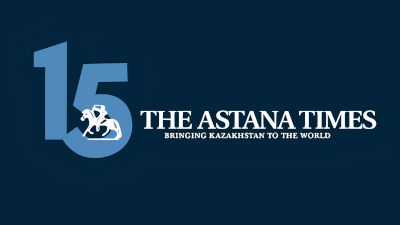The Rosatom press service recently announced that two joint ventures Karatau and Akbastau together with Kazatomprom and Uranium One are working on a unique technique to extract uranium by in-situ recovery method (ISR) in alkaline soil. This method is going to help extract more uranium, which was technologically unreachable.
“For the first time in world practice, we have successfully performed a test drilling of the well in alkaline soil. We also developed production schedules for roads and working areas. The construction of mining landfills on alkaline soils was previously considered technically impossible because of its instability,” said Chief Geologist of Karatau Alex Matunov.
In 2015, experts conducted geotechnical investigations to determine the possibility of uranium mining in the Budennovsk deposit (Kazakhstan), which includes the Karatau and Akbastau mines. Up to 15 percent of its fossils lay in the alkaline soil, including salt lakes and marshes.
After several researches, an effective way to seal the unstable soil was found – mechanical stabilisation with the help of reinforcing mesh. This method of sealing was implemented on the base of the Karatau mine with the use of environmentally friendly materials. Successful results of the experimental work showed the possibility of uranium mining in these areas. The experimental work continues in 2016 to determine the technical and economic parameters for construction of working areas there.
“This positive experience will not only involve part of the resources located out of the mines, but also reevaluate the prospects of the vast surrounding areas with significant resource potential,” said Director of the Uranium One Raw Materials Development Programme, Alexander Boitsov.
The Karatau and Akbastau uranium mines are located in the Suzak district of South Kazakhstan and are part of the Budennovsk deposit. This field is one of the world’s three largest uranium deposits where mining is carried out by underground leaching at depths greater than 700 metres. The development of the field is fulfilled in the framework of the comprehensive programme of Kazakh-Russian cooperation for the peaceful use of nuclear energy.


